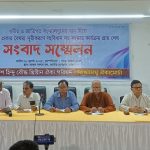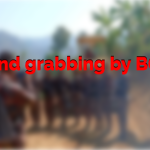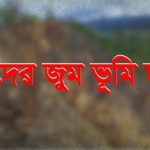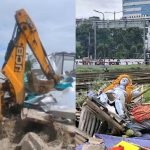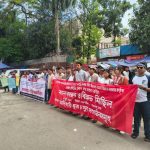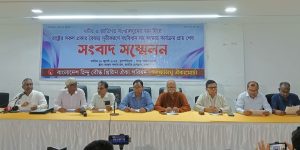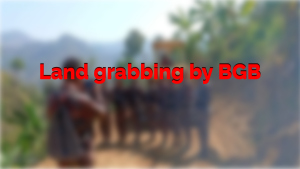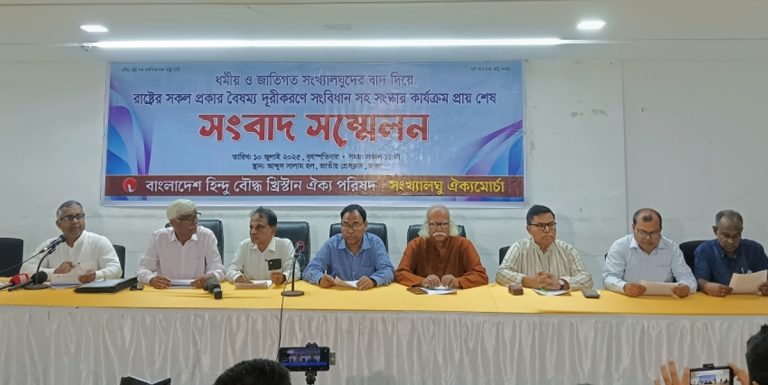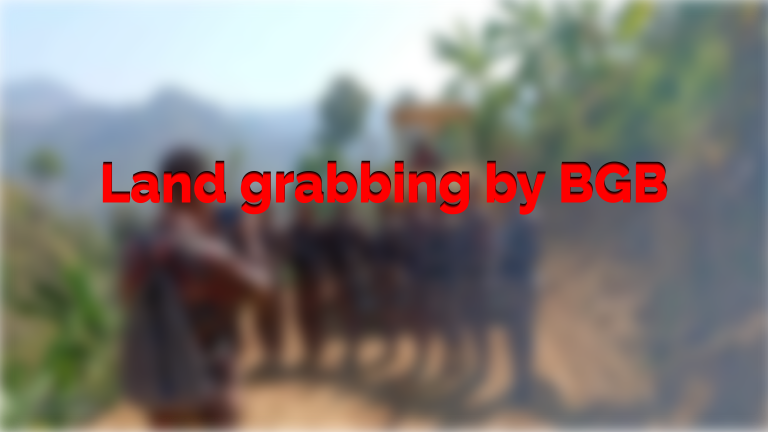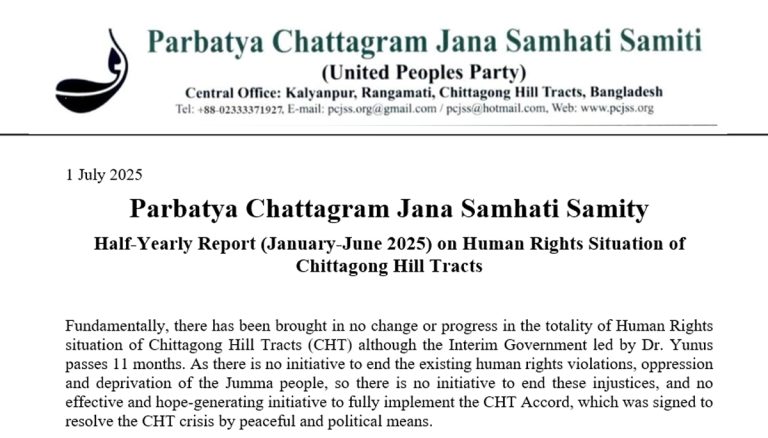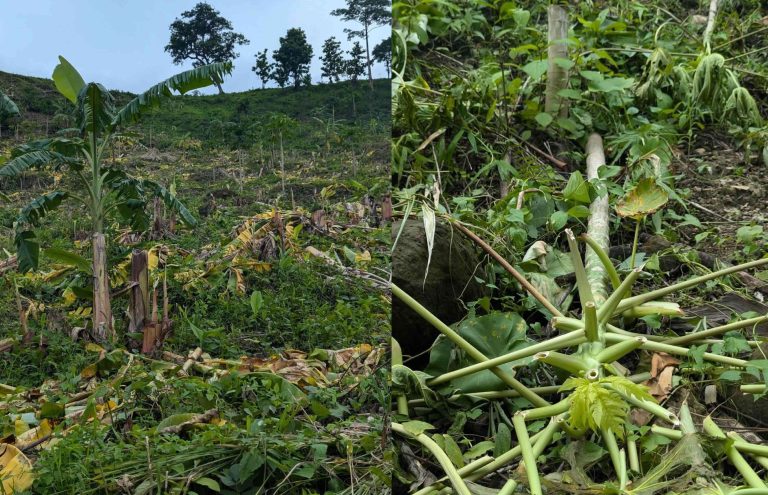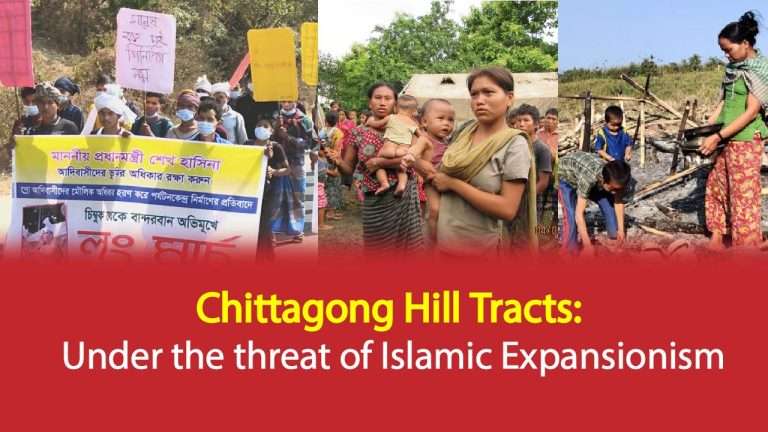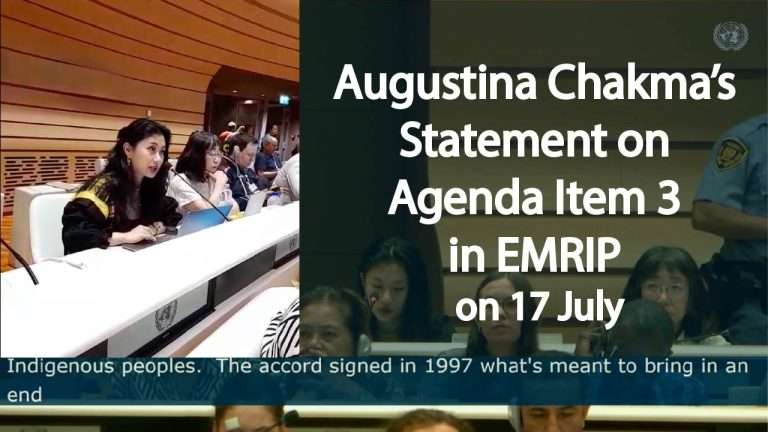Reng Young Mro
Who are the defenders and who are eater of forest diversity in Bangladesh? We need to be sure before answering this question. There has been a recent outcry for the Sangu and Matamuhuri Reserve Forest, in doing so, an evaluation of that will also come among the forest diversity conservationists. It is to be mentioned that most of the surviving forests in Bangladesh are in the region inhabited by indigenous people.
Development strategy of the state, massive eviction of indigenous people, destruction of natural forests by leasing land to various companies, creation of plantations of rubber, teak etc. and indiscriminate deforestation in the name of various infrastructural developments including tourism, degradation of forest in the name of social forestry through monoculture plantation – these are the main reasons for forest destruction.
Rubber, teak, acacia and eucalyptus trees are being monoplanted in the name of afforestation. Everyone knows how much damage is being done to the soil, environment and nature as a result of monoculture plantation. Due to this afforestation the soil of the hills has become barren, dead. Jum (shifting cultivation) land has decreased due to lack of natural forest and land. Jum-dependent people have been forced to move to more inaccessible and marginalized areas in need of livelihood.
Apart from Jum cultivation, the indigenous peoples who were also accustomed to other farming methods have also been evicted on various pretexts including the so-called forestation. The Mro families of 22 villages were evicted from 11,500 acres of land at the foot of Chimbuk hill between Tankabati and Sualak Union of Bandarban district which was acquired. Most of these villages used to cultivate Jum farm as well as agricultural land. When Mro villages existed, there were Village Common Forest (VCF) or Para Ban, there were natural trees, the streams were alive. And now various companies have made mono-plantation gardens there as usual. Forests and forest diversity are nowhere to be seen.
In Lama, Rowangchhari, Bandarban Sadar, Naikhyongchhari, the leased land to different companies is estimated more than 20,000 acres. These leased areas have been planted with rubber and a large number of trees that are harmful to the environment. And needless to say, people have been evicted from these areas year after year. It is still happening to evict. When these villages had forests, there was also the bio-diversity in the forests.
In conserving the forest, it is necessary to make understanding with those who had developed a way of life around the forest, and with those who had the potential to adapt to the forest. It is necessary to respect values of their lives, culture with due manner. Without neglecting them, it is required to give them opportunities to develop their lives. Unfortunately, it is observed that one of the functions of the forest department in our country is to save money under the pillow. This old information is also past to us. In this situation, when we identify indigenous people as the enemy of forests and natural resources, it will be a very difficult to understand the matter.
Most of the indigenous peoples living in the vicinity of Sangu and Matamuhuri Reserve Forest, are people who have been forced to move to vulnerable and marginal areas due to aggression in the name of development of the state, deforestation in the name of land leasing to companies and eviction as a result of such development at various times. Most of them are Jum farmers and live a nature dependent life. In fact, destroying forest trees (especially what you call mother trees) and wild animals is not their work.
Some beliefs and customs based on a social clan still exist in Mro society. For example, according to Mro’s chain-based beliefs, killing many animals is forbidden. For example, it is forbidden for Kwang Chen clan to kill and eat eagles, and for Nanchen clan to eat wild cats and flowers of Shimul tree (Scientific name of Shimul Tree is Bombax Malabaricum and another name is Bombax Ceiba). Mro people have more than 55 such chains. At the same time, the people living there rear a lot of pigs and chickens in need of social customs. And cutting the mother tree of the forest is not prevalent among the Jum farmers. No one cultivates Jum by cutting the mother trees.
There are many issues behind the cutting down mother trees from reserve forests or natural forests. Along with the truck that climbed the road of development and reached the top of the hill, the idea of logging has arrived there. The aggression and insanity of the loggers started and spread among the local representatives. This tendency to cut down large trees is not related to the values of life of indigenous peoples. Rather the practice of VCF or Para Ban conservation is a traditional practice prevalent among the indigenous peoples. Trees, bamboos or necessary resources are taken from this reserved forest according to the needs of the people of the village. Only as many trees, bamboos and other resources as required are collected by the people of the village from this protected forest.
Before making these people stand up against nature, their past, deprivation, eviction and history of denial must be taken into account. Keeping these issues isolated, it would be very disrespectful and despicable to try to bring them to the level of civilization by transferring them suddenly. When one is proud of own way of life as a member of a civilized nation, he/she must at the same time respect the way of life of other nations and communities.
When we think that these people will be relocated if we want to, it will be to bring their old past to the forefront by rubbing a little. It is just like old wine in a new bottle. The system of state machineries has long ignored the right of people who have been repeatedly deceived to live as their own aspiration, it is nothing but legitimizing that system and ignoring them.
With construction of the road from Thanchi to Alikadam, all the surrounding forests, forest trees and forest diversity have disappeared! No one even uttered a word. The development highway is moving from Thanchi to the last border via Tazingdong. There has been a brick kiln in Tajingdong. No one spoke against it! There is a road from Kroudong (they named it as Dim Pahar) to Likri. As a result of it, forests, forest trees, mother trees etc. are all disappearing.
Where do these Mother Father Trees go? Where do the woods of the fancy sofas, beds, cupboards in the homes of urban and civilized people come from? Who takes it? I have not seen the sofa made of these mother trees in any indigenous Machang houses! These people are being evicted! Now again, will it be right to impose the responsibility of protecting the forest of Sangu and Matamuhuri on them? Where will they go? Why don’t we try our best to conserve all the forests in Bangladesh? Why do these indigenous people have to pay compensation again and again in the name of forest conservation?
There was an old conspiracy to evict the indigenous people in the name of forest conservation and it is still going on. I would like to hope that no one or any organization in the name of forest protection is used as a pawn in this conspiracy.
Reng Young Mro is a student of Jahangirnagar University
